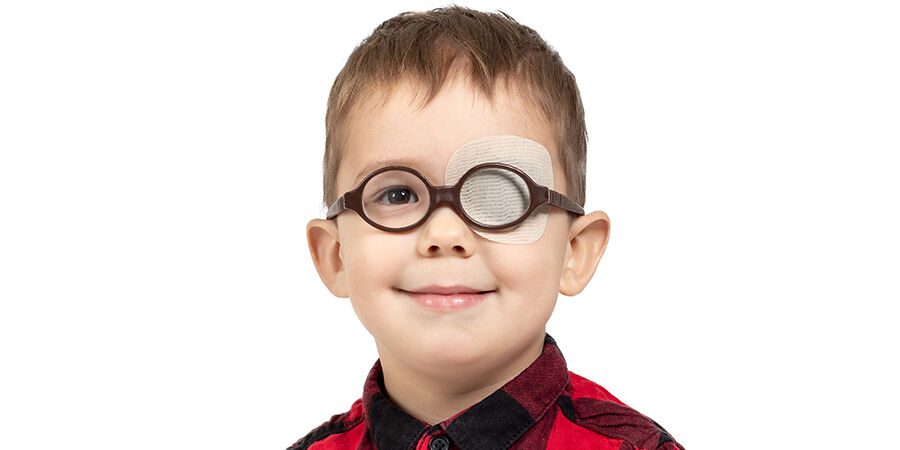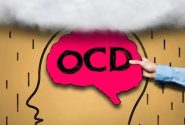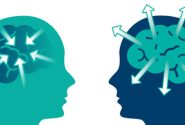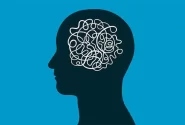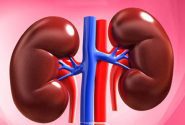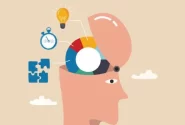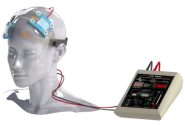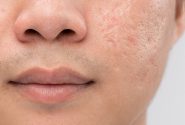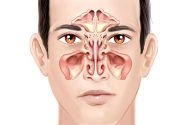به گزارش پایگاه خبری تحلیلی تسریر، به نقل از هلث دی نیوز، محققان دریافتند کودکانی که مبتلا به آمبلیوپی تشخیص داده میشوند در بزرگسالی بیشتر در معرض ابتلاء به فشار خون بالا، چاقی و دیابت هستند.
بر اساس یافته های منتشر شده در ۷ مارس در مجله eClinicalMedicine، آنها همچنین با افزایش خطر حمله قلبی مواجه هستند.
دکتر «زیگفرید واگنر»، محقق ارشد از مؤسسه چشمشناسی کالج لندن، میگوید: «چشمها نگهبان سلامت کلی بدن هستند. آنها ارتباط نزدیکی با سایر سیستمهای بدن دارند. به همین دلیل است که ما بینایی را در هر دو چشم به خوبی غربال میکنیم.»
آمبلیوپی زمانی اتفاق میافتد که بینایی یک چشم به درستی رشد نمیکند. از آنجایی که مغز چشم ضعیفتر را نادیده میگیرد، آن چشم از موقعیت خود خارج میشود و تمایل دارد از هر جایی که فرد به آن نگاه میکند کمی دورتر شود.
محققان میگویند از هر ۱۰۰ کودک چهار کودک تنبلی چشم دارند. این شایعترین وضعیت بینایی در کودکان است. برای این مطالعه، محقق دادههای بیش از ۱۲۶۰۰۰ فرد ۴۰ تا ۶۹ ساله را تجزیه و تحلیل کرد.
از شرکت کنندگان پرسیده شد که آیا در دوران کودکی برای آمبلیوپی تحت درمان قرار گرفته اند و آیا هنوز در بزرگسالی به این بیماری مبتلا هستند یا خیر. همچنین از آنها پرسیده شد که آیا بیماریهای مزمن دیگری در آنها تشخیص داده شده است.
محققان دریافتند در میان بیش از ۳۲۰۰ نفری که در کودکی تنبلی چشم داشتند، ۸۲ درصد همچنان در بزرگسالی کاهش بینایی در یک چشم داشتند.
بزرگسالانی که در کودکی آمبلیوپی داشتند نیز ۲۹ درصد بیشتر در معرض خطر ابتلاء به دیابت، ۲۵ درصد افزایش خطر فشار خون و ۱۶ درصد بیشتر در معرض خطر چاقی بودند.
جوگنو راهی، محقق و پروفسور اپیدمیولوژی چشمی به همراه موسسه چشم پزشکی کالج دانشگاه لندن، گفتند: «به ندرت وجود یک «نشانگر» در دوران کودکی که با افزایش خطر ابتلا به بیماریهای جدی در بزرگسالی همراه باشد، و همچنین نشانهای که برای هر کودک اندازهگیری و شناخته شده باشد، وجود دارد.
واگنر تأکید کرد که خطر افزایش مشکلات سلامتی هم در بزرگسالانی که مشکلات بینایی آنها ادامه داشت و هم در افرادی که در بزرگسالی بینایی خوبی داشتند، مشاهده شد.
واگنر در بیانیه خبری دانشگاه گفت: «تحقیق ما به این معنی است بزرگسالانی که در کودکی دچار آمبلیوپی بودند، بیشتر از بزرگسالانی که آمبلیوپی نداشتند، به این اختلالات مبتلا میشوند. یافتهها به این معنا نیست که هر کودک مبتلا به آمبلیوپی حتماً در بزرگسالی دچار اختلالات قلبی متابولیک میشود.»
Children with “lazy eye” are more likely to become adults facing an array of serious health problems, a new study warns.
Kids diagnosed with amblyopia are more likely to develop high blood pressure, obesity and diabetes as adults, researchers found.
They also face an increased risk of heart attack, according to findings published March 7 in the journal eClinicalMedicine.
“Vision and the eyes are sentinels for overall health,” said lead author Dr. Siegfried Wagner, a senior research fellow with the University College London Institute of Ophthalmology. “They are intimately linked with other organ systems. This is one of the reasons why we screen for good vision in both eyes.”
Amblyopia occurs when vision in one eye doesn’t develop properly. As the brain ignores the weaker eye, that eye drifts out of position and tends to face slightly away from wherever a person is looking.
As many as four in every 100 children have lazy eye, researchers said in background notes. It’s the most common vision condition in children.
For this study, researcher analyzed data from more than 126,000 people ages 40 to 69 participating in the ongoing UK Biobank study.
As part of their medical history, participants were asked whether they were treated for amblyopia in childhood, and whether they still had the condition in adulthood. They also were asked if they had been diagnosed with a series of other chronic health conditions.
Among more than 3,200 people who reported having lazy eye as a child, 82% still had persistent reduced vision in one eye as an adult, researchers found.
Adults who had amblyopia as a child also had a 29% higher odds of developing diabetes, a 25% increased risk of high blood pressure and a 16% higher risk of being obese.
Increased risk for health problems was found both in adults whose vision problems persisted and in those with perfect vision as an adult.
“It is rare to have a ‘marker’ in childhood that is associated with increased risk of serious disease in adult life, and also one that is measured and known for every child,” said researcher Jugnoo Rahi, a professor of ophthalmic epidemiology with the University College London Institute of Ophthalmology.
Wagner emphasized that the new study does not prove that lazy eye directly causes health problems later in life.
“Our research means that the ‘average’ adult who had amblyopia as a child is more likely to develop these disorders than the ‘average’ adult who did not have amblyopia,” Wagner said in a university news release. “The findings don’t mean that every child with amblyopia will inevitably develop cardiometabolic disorders in adult life.”
تسریر مراقب سلامتی شماست!

